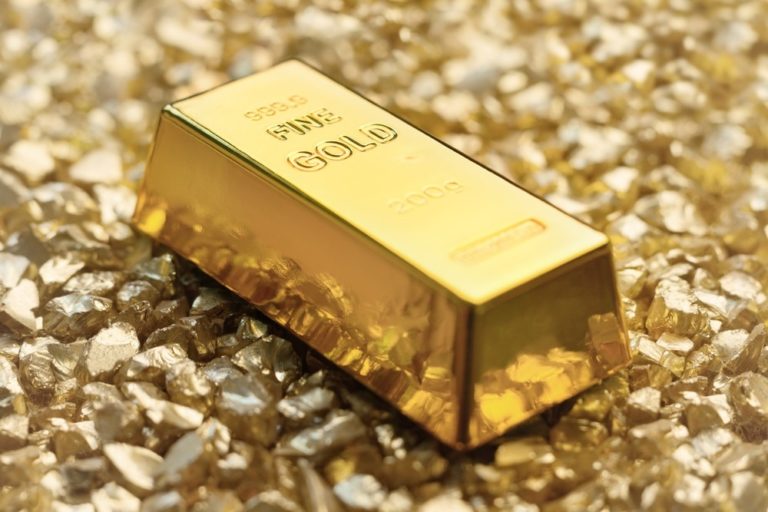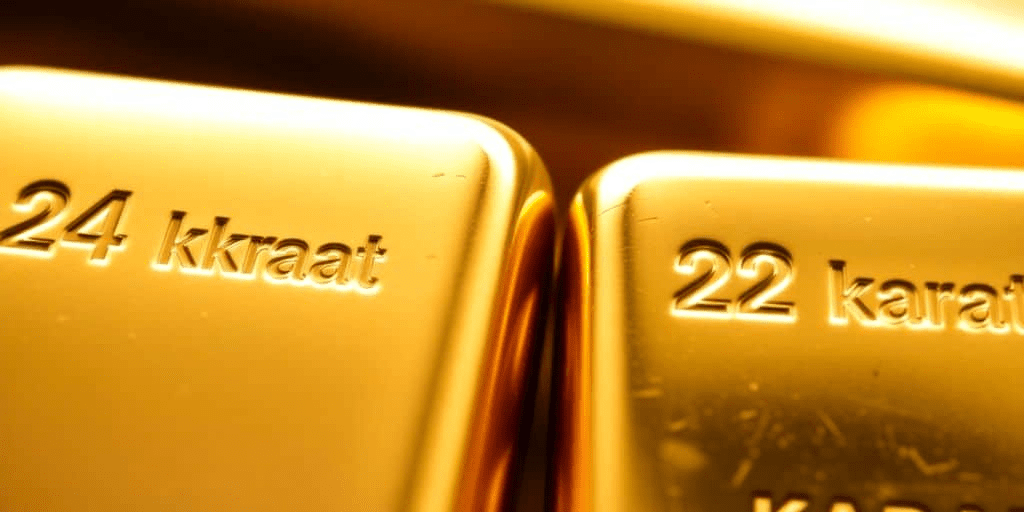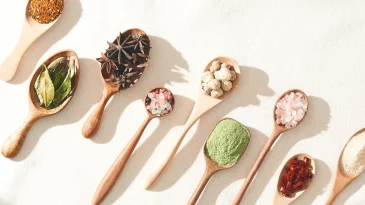- General
- Updated on April 30, 2025
Understanding the Different Purities of Gold in Indian Jewellery

Gold has always been an important symbol of wealth, prosperity, and tradition in India. Gold jewellery plays a significant role in Indian culture, especially during weddings, engagements, and other special occasions. When buying gold jewellery, many people wonder about its purity. Gold purity directly affects the quality, durability, and value of jewellery. In this post, we’ll explain the different gold purities in Indian jewellery and help you make an informed decision when shopping at your local jewellery store.
What is Gold Purity?
Gold purity refers to the percentage of pure gold in an alloy. Pure gold is soft, so it is often mixed with other metals like copper, silver, or zinc to enhance its strength. Gold purity is typically measured in two ways: karats (k) and fineness.
Measuring Gold Purity
- Karats (k): This traditional method measures gold purity. 24 karat (24k) gold is considered pure gold. Each karat represents 1/24th of the alloy.
- Fineness: This modern measurement indicates the number of parts of gold in a thousand parts of the alloy. For example, 22k gold has a fineness of 916, meaning 916 parts per thousand are pure gold.
Now, let’s explore the most common purities of gold used in Indian jewellery.
24 Karat Gold – The Purest Form
24 karat (24k) gold contains 99.9% gold, with just 0.1% of other metals. It is the highest purity gold available in the market.
Pros and Cons of 24K Gold
Pros:
- High Purity: 24k gold is the most valuable due to its high purity.
- Resale Value: Its high purity ensures a higher resale value.
Cons:
- Softness: Pure gold is soft and can scratch or bend easily. It’s not ideal for jewellery that experiences daily wear.
- Limited Designs: The softness of 24k gold limits the complexity of designs.
Where is 24K Gold Used?
24k gold is used primarily for investment, such as in gold coins or bars. Some traditional jewellery, like gold coins, also uses 24k gold, but it’s less common in everyday jewellery pieces.
22 Karat Gold – The Most Popular Choice in India
22 karat (22k) gold consists of 91.6% gold and 8.4% other metals. It strikes a balance between purity and durability, making it the most popular choice for Indian jewellery.

Pros and Cons of 22K Gold
Pros:
- Durability: 22k gold is stronger than 24k gold and more resistant to scratches.
- High Value: 22k gold offers a relatively high purity, making it a good choice for both quality and strength.
Cons:
- Slightly Less Pure: The addition of other metals slightly reduces purity, but it remains one of the most sought-after choices for jewellery.
Where is 22K Gold Used?
22k gold is ideal for most types of Indian jewellery, including necklaces, earrings, rings, and bangles. It combines purity with the necessary strength for daily wear.
18 Karat Gold – A Blend of Durability and Affordability
18 karat (18k) gold contains 75% gold and 25% other metals like copper and silver. It is less pure than 22k and 24k gold but offers more strength and versatility.
Pros and Cons of 18K Gold
Pros:
- Durability: 18k gold is much stronger than 22k or 24k gold, making it suitable for daily use.
- Affordability: It is less expensive than 22k and 24k gold due to its lower gold content.
Cons:
- Lower Purity: The gold content is lower, which may affect its value compared to higher karat gold.
Where is 18K Gold Used?
18k gold is often used for jewellery requiring more durability, such as watches, rings, and fine jewellery. It offers a good balance of strength and price.
14 Karat and 10 Karat Gold – Affordable Yet Durable
14k gold consists of 58.3% gold and 41.7% other metals, while 10k gold has only 41.7% gold content. These are typically used for more affordable and durable jewellery pieces.
Pros and Cons of 14K and 10K Gold
Pros:
- Cost-Effective: Both 14k and 10k gold are more affordable than higher karat gold.
- Durable: The high percentage of alloy metals makes these golds very durable, ideal for daily wear.
Cons:
- Lower Purity: The lower gold content makes 14k and 10k gold less valuable.
Where is 14K and 10K Gold Used?
These gold types are often used for affordable jewellery like chains, bracelets, and rings. They are popular in fashion jewellery and everyday pieces.
Conclusion: Choosing the Right Gold Purity for Your Jewellery
When buying gold jewellery, understanding its purity helps you make an informed choice. In India, 22k gold is the most popular, offering an excellent mix of purity and durability. However, if you’re looking for something more affordable or durable, 18k or 14k gold might be better options.
Always consider factors such as budget, durability, and the intended use of the jewellery when choosing the right gold purity. Whether you are purchasing a traditional piece or a modern design, knowing the differences in gold purity will ensure that you invest in jewellery that suits your needs.
If you’re looking for quality gold jewellery, visit a trusted jewellery store that offers certified pieces. Understanding gold purity will help you make the best choice for your jewellery collection.
Also Read : Choosing and Caring For Indian Bridal Jewelry
Join the discussion
Related Articles
No results available
ResetTrending Articles


- Tech
- Updated on November 12, 2025


- General
- Updated on November 8, 2025


- General
- Updated on November 6, 2025


- Sports
- Updated on November 5, 2025


- General
- Updated on November 4, 2025


- General
- Updated on November 1, 2025

- General
- Updated on October 30, 2025


- General
- Updated on October 30, 2025


- General
- Updated on October 27, 2025


- General
- Updated on October 27, 2025
No results available
Reset


